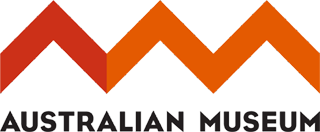Animal factsheets
Discover the astonishing variety of mammals, birds, reptiles, marine life and more in the Australian Museum collections.

 Welcome to the Australian Museum website
Welcome to the Australian Museum website
